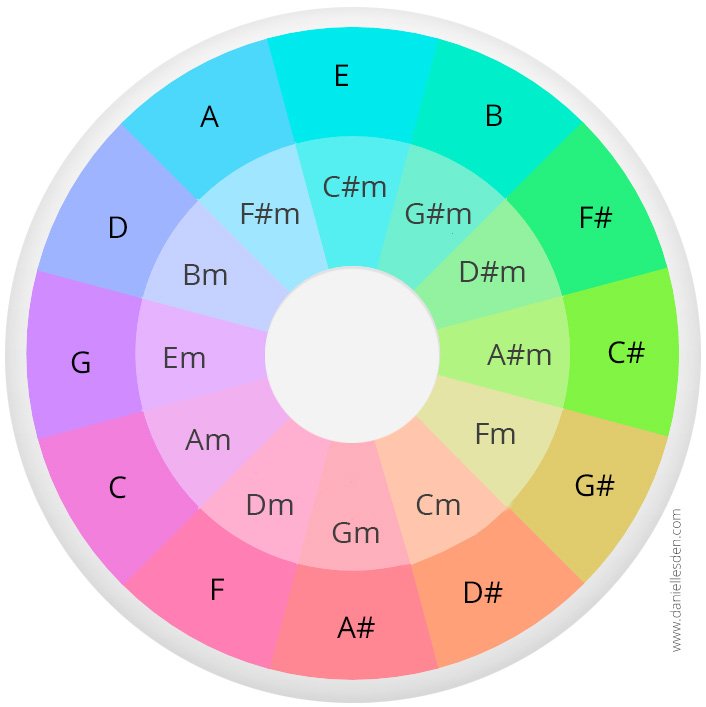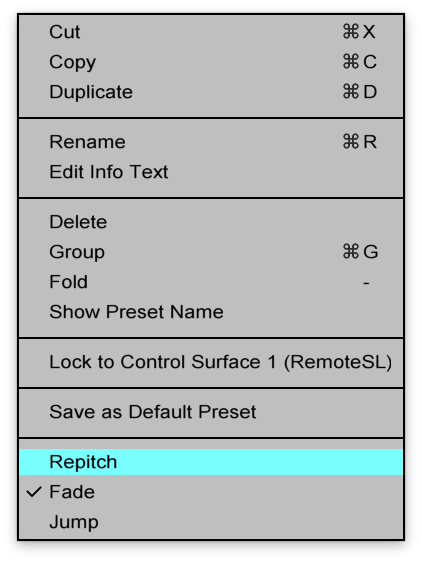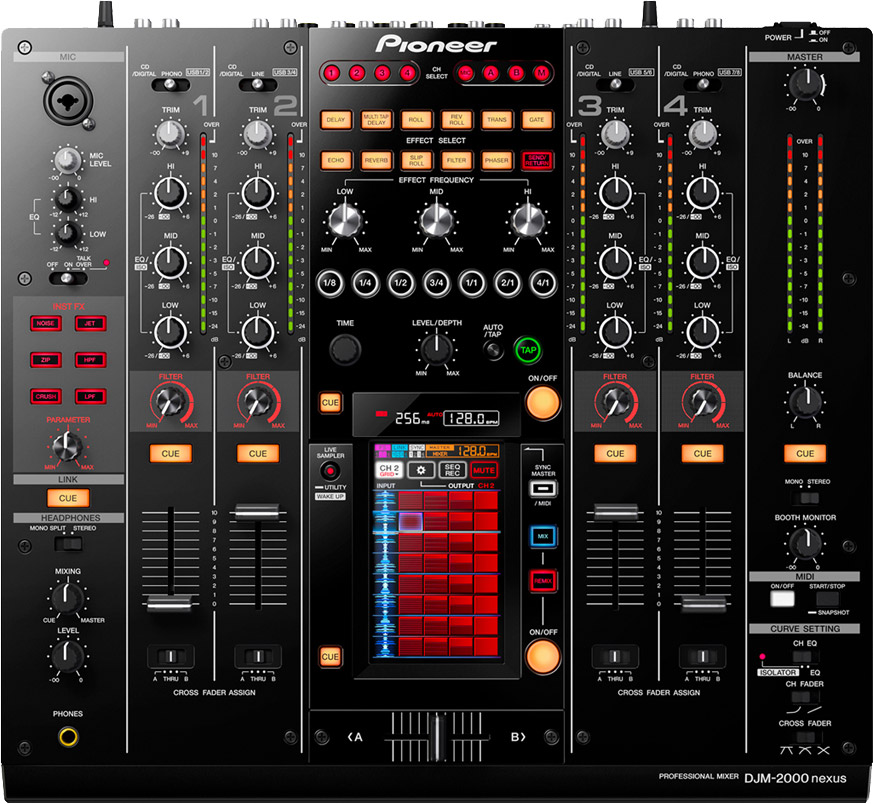How to make smooth mixes
A quick guide to harmonic mixing

Daniel, I’m a huge fan of your mixes. How do you make such flawless and smooth transitions? E. g. like at the first half of Rave Podcast 059 or your recent guest mix on Global Trance Grooves, you just nailed it, sometimes I can’t figure out when one track ends and another one starts LOL. Some advice will be appreciated.
James Mann
James, good mixes are made of a few components:
Tracks selection. This is something that is very subjective, it’s purely up to your taste, feel, mood, and the story that you’re trying to tell. Digging and finding good and original tracks is homework for every DJ, and this is probably the hardest part. Unfortunately, I can’t help here.
Beat matching. This is one of the core principles of DJing, and It used to be quite a tough thing. In order to master beatmatching on vinyl and CDs, you had to do everyday practice, but the digital era has changed it entirely. The sync button and grids alignment make your tracks play beat-to-beat so easily, so I won’t stop on this either.
Harmonic mixing. Basically, this is a technique which shows how to mix the tracks in a specific way in order to achieve those smooth transitions as you’ve described. I listen to tons of various mixes, podcasts and radio shows, and I’ve noticed that only very few DJs use this technique. So let’s go deeper over this one.
To get started with harmonic mixing, you have to find the keys of your track. You can see the keys on some DJ stores, like Beatport:

... or use special software to analyze tracks on your computer. There are several such kinds of apps, but I’d recommend Mixed In Key as the best one. Mixed In Key scans your entire music collection and displays key results in their special way, named ‘Camelot Wheel’. Here is how it looks like:

There are two circles: the inner circle with Minor keys, and the outer circle with Major. Most electronic dance music is written in Minor, so you will work with the inner circle mostly.
Now you need to know how keys are compatible with each other. That’s pretty simple, thanks to Camelot Wheel: compatibles are the same key ±1 one step to the left or right. For example, if our Track A is Am, to find a good Track B to mix with you have to look for Am, Em, or Dm keys, as highlighted on the screenshot:

Pretty much, that’s it! The transition between compatible tracks sounds smooth, pleasant and harmonic.
It is recommended to move only 1-side during the mix — either clockwise, or counter-clockwise. For instance, your harmonic mix could look like this: Fm → Fm → Cm → Cm → Gm → Gm → Dm → Dm → Am → Am.
Some more information and advanced techniques are available on the Camelot Sound website
I hope this is what you were looking for. If you have any questions, don’t hesitate to ask in the comments box below.
On cover image: myself playing in Moscow back in 2011. At that time I had no idea about harmonic mixing and mixed intuitively.


‘Most electronic dance music is written in Minor’’ .. ??
Read this for reference:
https://en.wikipedia.org/wiki/Scale_(music)
https://en.wikipedia.org/wiki/Major_and_minor
Thanks for the info.
You have more tracks with mayor key than minor key according with beatport:
https://pro.beatport.com/artist/daniel-lesden/284771/tracks?key=19
https://pro.beatport.com/artist/daniel-lesden/284771/tracks?key=23
Beatport’s key detection system is not very accurate, in fact all these tracks are Minors. Just keep that in mind, if Beatport shows Major scale, most likely it is Minor :-) Luckily, Mixed In Key app is much more reliable on that matter.
Thanks for the info Daniel :)
Harmonic mixing isn’t as black and white as people think. Sometimes, tracks at opposite ends of the camelot wheel complement each other perfectly. Other times, harmonic dissonance (out of key mixing) works great too. Beatport’s key detection software is completely off so forget it. Mixed In Key is good but it’s marketed a lot by big DJs (such as David Guetta) just to get your money. There are a few free alternatives that do a near-perfect job for PC and Mac.
Really helpful thanks – do you rate the accuracy of the key detection in the latest Traktor or Rekordbox versions?
From my experience and what I’ve heard from other DJs, Mixed In Key does this job better than any other software. Then goes Traktor, then Rekordbox.